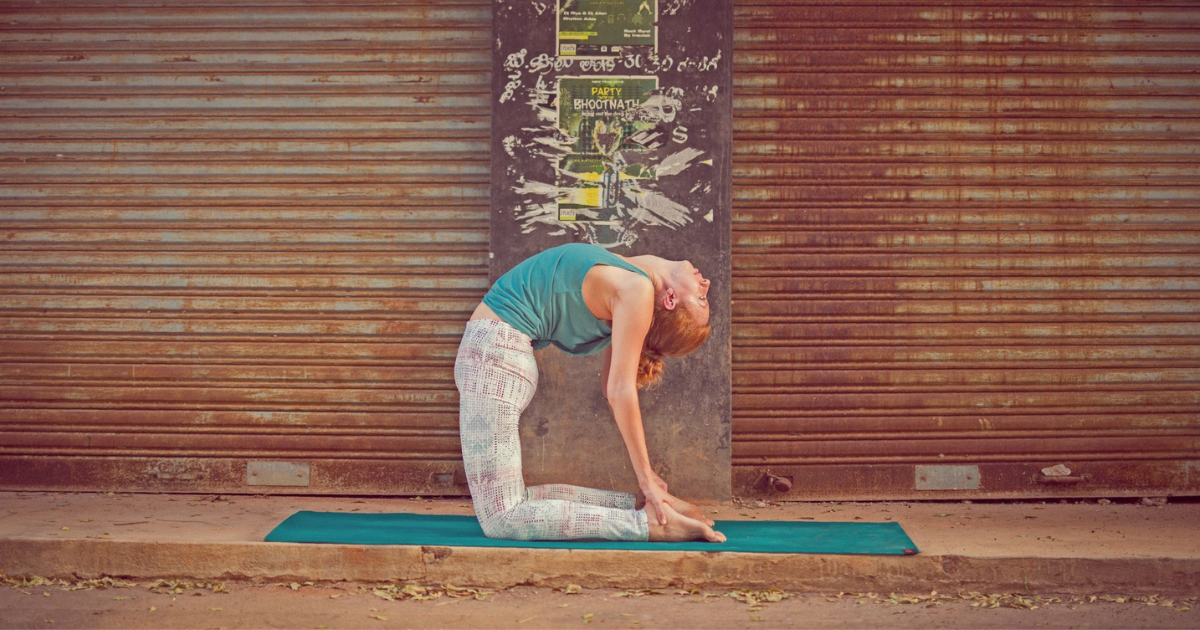Ashtanga yoga- complete guide
Ashtanga yoga is a physically demanding and deeply meditative practice that combines breath, movement, and focus. Known for its structured sequences and dynamic flow, Ashtanga offers practitioners a transformative journey of self-discipline and growth. This guide provides everything you need to know about Ashtanga yoga, from its history and principles to its sequences, benefits, and tips for getting started.
What Is Ashtanga Yoga?
Ashtanga yoga is a traditional style of yoga developed by Sri K. Pattabhi Jois in the 20th century, based on ancient teachings. It consists of six progressive series of postures, practiced in a set sequence, with an emphasis on breath control (pranayama), posture (asana), and focus (drishti).
The term "Ashtanga" means "Eight Limbs," referring to the Eightfold Path of Yoga outlined by Patanjali in the Yoga Sutras. This path serves as a framework for physical, mental, and spiritual growth.
The Eight Limbs of Yoga
Yama (Ethical Restraints): Guidelines for interacting with the world (e.g., non-violence, truthfulness).
Niyama (Self-Discipline): Practices for personal growth (e.g., cleanliness, contentment).
Asana (Postures): Physical poses that strengthen and purify the body.
Pranayama (Breath Control): Techniques to regulate energy through the breath.
Pratyahara (Withdrawal of Senses): Turning inward to focus the mind.
Dharana (Concentration): Cultivating single-pointed focus.
Dhyana (Meditation): Deep meditative absorption.
Samadhi (Liberation): A state of spiritual enlightenment and union.
Ashtanga yoga integrates these principles into a dynamic practice that promotes both physical and spiritual development.
The Structure of Ashtanga Yoga
The Six Series
Ashtanga yoga consists of six progressive series:
Primary Series (Yoga Chikitsa): Focuses on detoxifying the body and building strength and flexibility.
Intermediate Series (Nadi Shodhana): Cleanses the nervous system and enhances energy flow.
Advanced Series A-D (Sthira Bhaga): Builds strength, stability, and advanced flexibility.
Most practitioners start with the Primary Series and progress only when they have mastered it under the guidance of a teacher.
Key Elements of Ashtanga Practice
Vinyasa (Breath-Synchronized Movement): Each posture is linked to a breath, creating a flowing sequence.
Ujjayi Breath (Victorious Breath): A controlled, audible breathing technique that generates heat and focus.
Bandhas (Energy Locks): Internal locks that direct energy and support the body in postures.
Mula Bandha (Root Lock)
Uddiyana Bandha (Abdominal Lock)
Jalandhara Bandha (Throat Lock)
Drishti (Focal Point): A gaze point used in each posture to enhance concentration.
The Primary Series: Yoga Chikitsa
The Primary Series is the foundation of Ashtanga yoga and is often referred to as "Yoga Therapy" due to its detoxifying and healing effects.
Sequence of the Primary Series
Sun Salutations (Surya Namaskara A & B): Warm-up sequences that build heat and prepare the body.
Standing Poses: Strengthen and align the body (e.g., Warrior Pose, Triangle Pose).
Seated Poses: Stretch and detoxify the body (e.g., Forward Folds, Twists).
Backbends: Open the heart and spine (e.g., Urdhva Dhanurasana).
Finishing Sequence: Includes inversions, forward folds, and Savasana (Corpse Pose) to restore balance.
Benefits of Ashtanga Yoga
Physical Strength and Flexibility: Builds lean muscle, improves posture, and enhances mobility.
Detoxification: The combination of heat, breath, and movement cleanses the body of toxins.
Mental Clarity: The meditative focus on breath and movement reduces stress and enhances mindfulness.
Self-Discipline: The structured sequence encourages routine and personal accountability.
Cardiovascular Health: The dynamic flow elevates heart rate, improving stamina and circulation.
How to Start Practicing Ashtanga Yoga
1. Learn the Basics
Start with Sun Salutations and the foundational standing poses. Familiarize yourself with the breath and vinyasa transitions.
2. Practice Consistently
Ashtanga yoga traditionally involves six days of practice per week, but beginners can start with 2–3 days and gradually increase.
3. Find a Teacher or Mysore Class
Mysore-style classes allow you to practice at your own pace with personalized guidance from a teacher.
4. Modify as Needed
Listen to your body and use props or modifications when necessary. Progress comes with patience and persistence.
5. Embrace the Philosophy
Dive into the Eight Limbs of Yoga and explore how they apply to your life off the mat.
Visiting Mysore, India
Mysore is the birthplace of Ashtanga yoga and home to the Sri K. Pattabhi Jois Ashtanga Yoga Institute (KPJAYI). For many practitioners, studying in Mysore is a transformative experience, offering immersion in traditional teachings and a global community of like-minded yogis.
Common Challenges and How to Overcome Them
Physical Demands:
Solution: Start slow, focus on alignment, and build strength gradually.
Repetition:
Solution: Embrace the meditative quality of repetition and observe subtle improvements over time.
Time Commitment:
Solution: Commit to short practices when time is limited, even 20 minutes can be effective.
How Long Does It Take to Learn Ashtanga Yoga?
Mastering Ashtanga yoga depends on your dedication and goals. Here’s a general timeline:
3–6 Months: Familiarity with the Primary Series and improved strength and flexibility.
6–12 Months: Memorization of the sequence and refinement of technique.
1–2 Years: Mastery of the Primary Series and readiness to explore the Intermediate Series.
Ashtanga yoga is a lifelong journey. Progress may be slow, but the benefits extend far beyond the physical.
Conclusion
Ashtanga yoga is a powerful practice that integrates movement, breath, and philosophy to transform body and mind. Its disciplined structure, meditative flow, and holistic approach make it a deeply rewarding path for those seeking growth and balance.
Whether you’re a beginner exploring the Primary Series or an advanced practitioner traveling to Mysore, Ashtanga yoga offers endless opportunities for self-discovery and transformation.
